At Evanta's recent CIO Executive Summit in Washington, D.C., two Enterprisers took the stage to discuss how CIOs can influence the future of business at the “tipping point” of technology and innovation today.
David Bray, Harvard Visiting Executive In-Residence and CIO of the U.S. Federal Communications Commission, and Lee Congdon, CIO of Red Hat, led an interactive session that covered a variety of dimensions – from the need to evolve faster to keep up with competitive pressures, to the consumerization of technology and how organizations can adapt to a future in which they have less control.
Below are highlights from their presentation, “The Technology Tipping Point.”
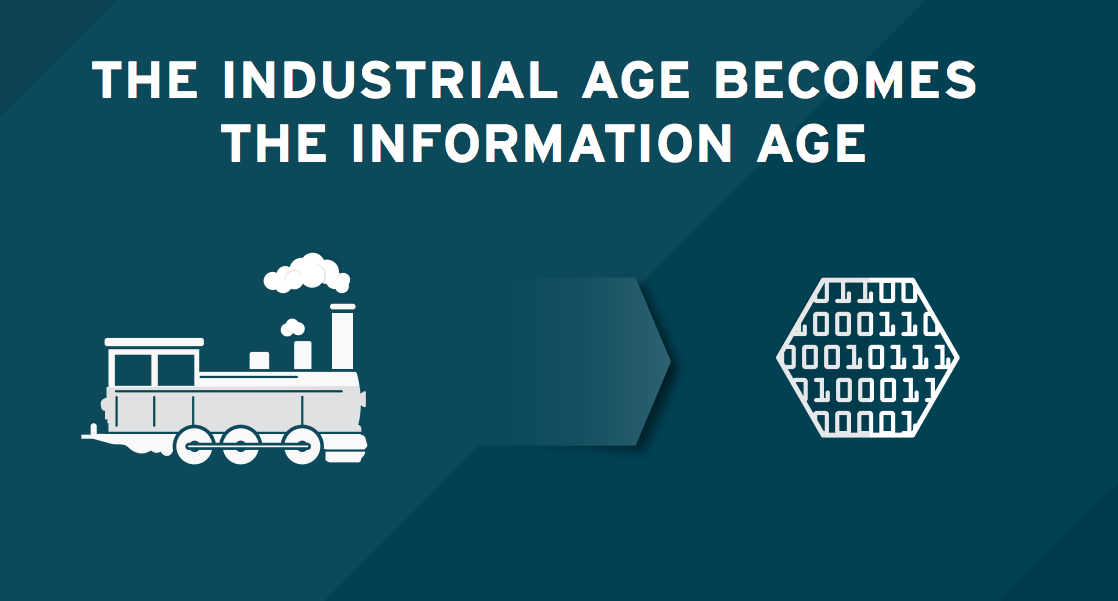
FCC CIO David Bray: 2013 was the year there was the same number of network devices on the face of the planet as there were humans — seven billion network devices on the face of the planet, seven billion humans. Now 2015, just two years later, we’re at 14 billion network devices on the face of the planet.
Red Hat CIO Lee Congdon: This really is a fundamental shift, like agricultural to industrial. Jobs are going to change. Opportunities are going to change. The world is changing, even around us. It’s no longer about the product. It’s about the information – the data wrapped around the product.
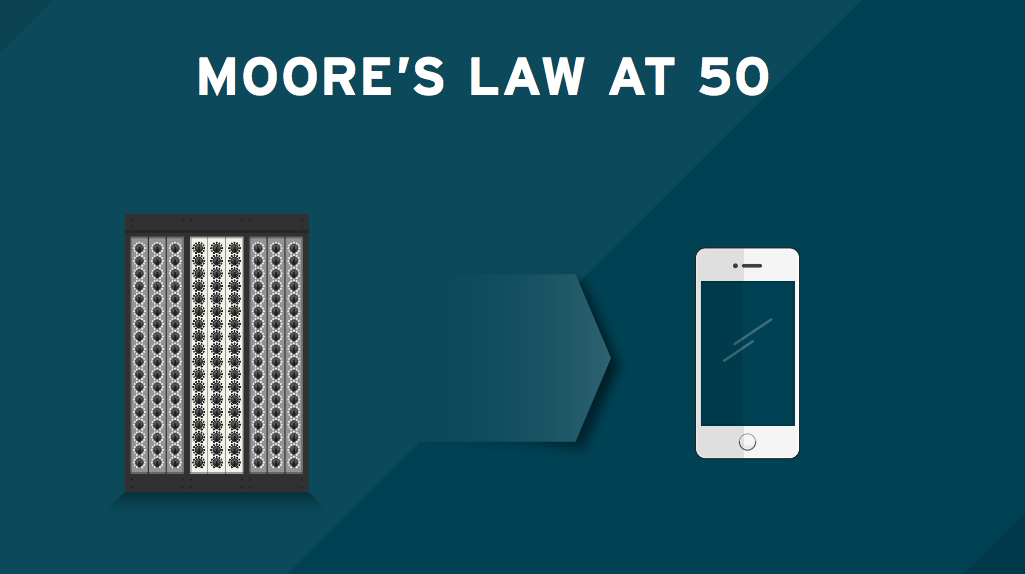
Red Hat CIO Lee Congdon: It’s hard to believe, but 50 years ago, Gordon Moore predicted that computing power would double every year. In subsequent revisions, every 10 years or so, the law is deemed to no longer hold because technology isn’t advancing fast enough. But so far, it’s continued.
FCC CIO David Bray: You’re right — it seems like every 10 years they say we hit the limit, as to how far silica can go. Now we need to start thinking about how we design for using things that are not just silicon chips. We need to be thinking about biological chips, or quantum chips, because we need to do things massively at scale – whether it’s big data analyses, hard algorithms, or computationally intensive tasks like that.

Red Hat CIO Lee Congdon: The challenge for us is not so much evolving to the next technology, it’s being willing to give up technology we are comfortable with for the one that comes next. I may be a very facile email or Facebook user. Am I – personally, and as part of an organization – willing to move on to the next generation, and get the benefits that it provides? I’ve got users that are hanging onto IRC right now. It doesn’t necessarily help the entire organization move forward.
FCC CIO David Bray: Simply, you either disrupt yourself or you’ll be disrupted by somebody else. The world we’re going into is just changing so rapidly that you have to fundamentally rethink your business model. With competitive pressure, we’re all going to have to experiment. The only way you get expertise is by doing dangerous things. Experiments won’t always work out, however that’s how you learn. Dangerous experiments to provide expertise, that’s actually how you adapt.
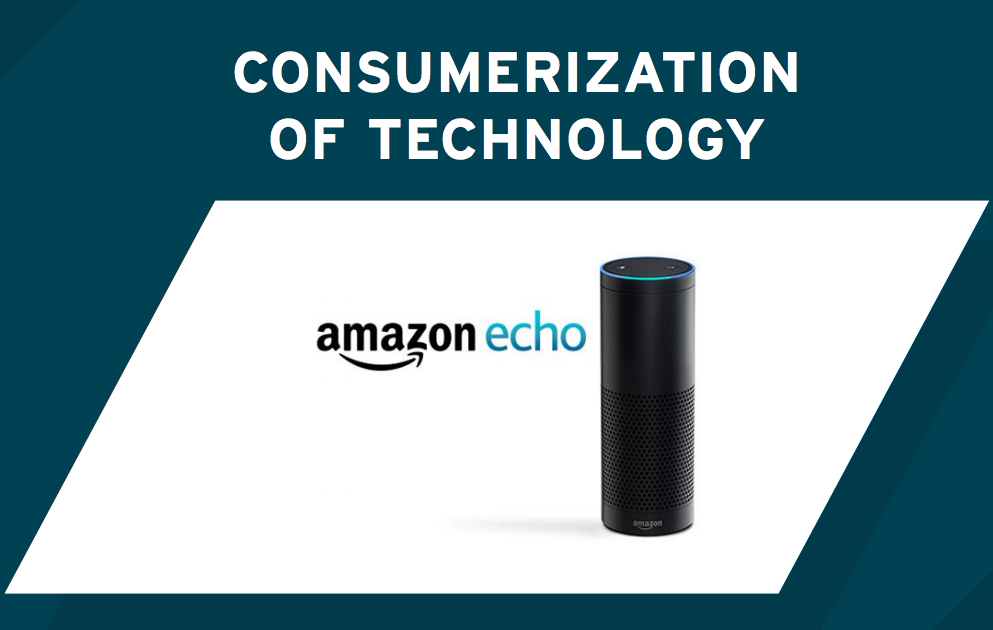
FCC CIO David Bray: It is challenging as a CIO to recognize that an ever-increasing number of devices in your workplace will probably be ones that you did not issue to the workers yourself. What are the new strategies we need to think about in terms of how to embrace that? At the FCC, we do have wi-fi, however we treat it as if you were in a public place, like Starbucks. If you’re going to connect to the FCC via wi-fi, you’re going through a secure tunneling app that’s self-contained on your phone.
Red Hat CIO Congdon: From my perspective, associate choice is important here, too. If the associates say they want Slack, if the associates say they want Google Docs, you don’t have to tell them “no.” It’s like co-opting a business shadow IT initiative. If they’re invested in that solution, figure out what the unmet need is.

FCC CIO Bray: The Internet as you know it is big, legacy internet protocol version 4 can address up to 232 or approximately 4.3 billion devices. However the Internet you will know in the future will be much larger since internet protocol version 6 can address 2128 or 340 trillion trillion trillion devices. In terms of differences of scale, if all the addresses of IPv4 were put in a beachball, IPv6 by comparison would be the size of our Sun. I would actually recommend when we look at the world and its 24/7 global connectivity, we also need to start thinking about resiliency. It’s not just about security and perimeter defense, it’s also about resiliency and being able to respond if something goes wrong – whether it’s a hardware issue, software issue, or someone trying to disrupt you.
Red Hat CIO Lee Congdon: And it’s going to be compromised immediately if the user ID is “admin” and the password is “admin.” As the world becomes increasingly virtual, we’re going to need systems that can be instantiated virtually, and be instantly connected and secure at the same time.
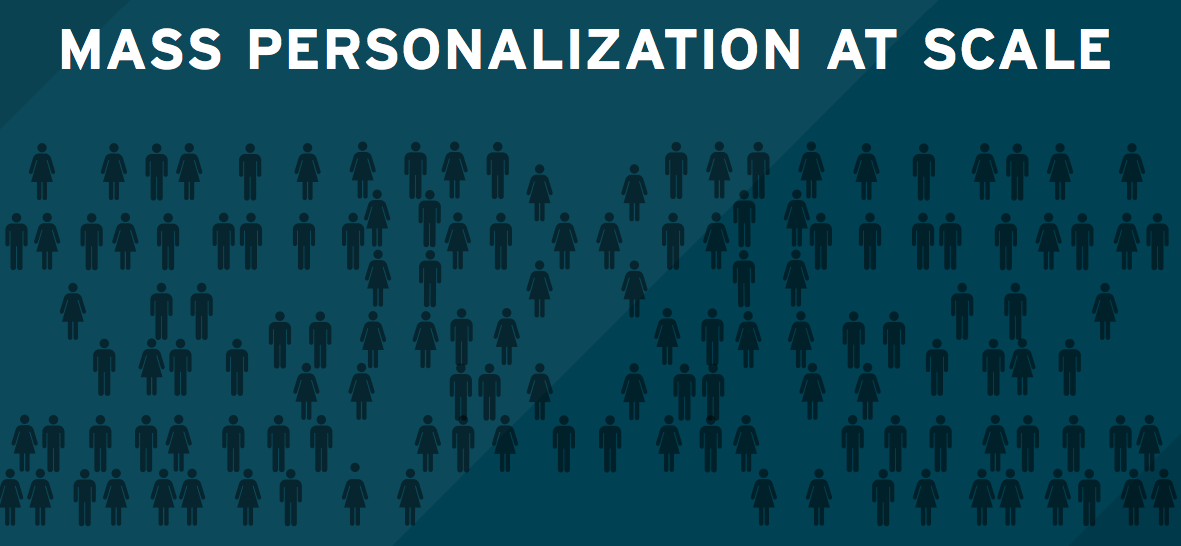
Red Hat CIO Lee Congdon: Like it or not, and with increasingly limited ability to opt out, we’re all being profiled. Whether it’s personally identifiable, whether it’s done by machines, whether it’s based on behaviors, whether it’s based on our connectivity, whether it’s based on the tools we choose, we’re increasingly being identified and targeted. That can be good or bad.
FCC CIO David Bray: Recently, I saw demonstrations of how Under Armour and IBM Watson are providing a product where, if you want, you can buy different devices from Under Armour that will monitor your jogging pace, your heart rate, your weight, and IBM Watson, over time, will begin to create recommendations based on what time it is best for you to work out, and what type of workout, etc. That’s mass personalization at scale, including an app on your phone that is actually an instantiation of an advanced form of machine learning capable of having a personal conversation with you. Personally, I don’t know if I would opt for that, however I think it raises interesting questions about when machine learning gets applied to mass personalization at scale. What I’m most interested in is you can have natural language conversations with your phone about your personal preferences, whether it be your information sharing preferences, privacy preferences, or what you would like your digital assist to help you do in your life.
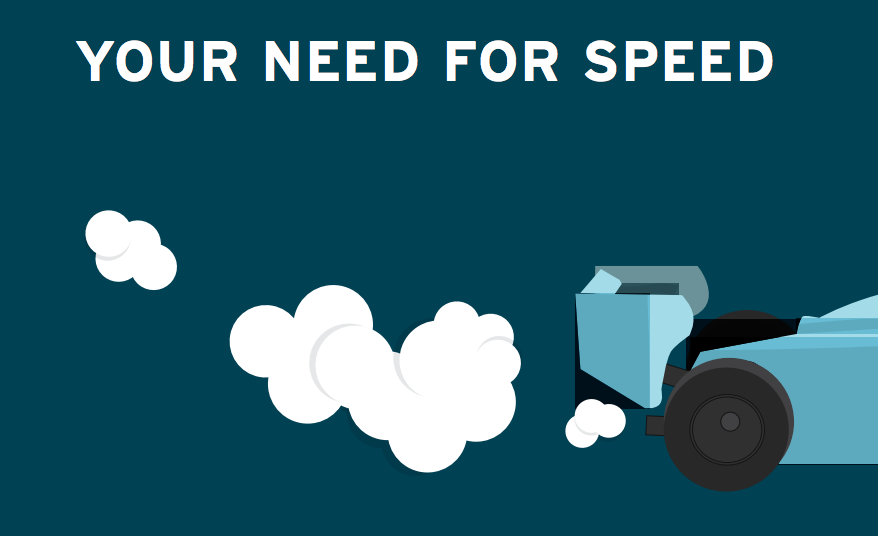
Red Hat CIO Lee Congdon: It’s not enough just to change your business processes. You have to push out an app, and you have to make yourself accessible through new communication channels, and you need to try and get above the increasing clamor and din of others trying to communicate similar messages. This whole idea of trying to understand where you’re going and get there faster, I think, is an increasing challenge and an imperative for enterprises of all sorts.
FCC CIO David Bray: Things today aren’t changing linearly; they’re changing exponentially. It’s not good enough that you were fast last year. If you’re not faster this year, you’re going to fall increasingly behind. Agility trumps everything else. Personally, I don’t commit to any organizational effort that takes longer than six months because the world will change in that period of time dramatically. You need to have stopgaps along the way so that you can reevaluate and pivot if you need to, along that six-month effort. One should have a long-term plan that exceeds six months, yet commit to deliverables in six-months or less along the way.
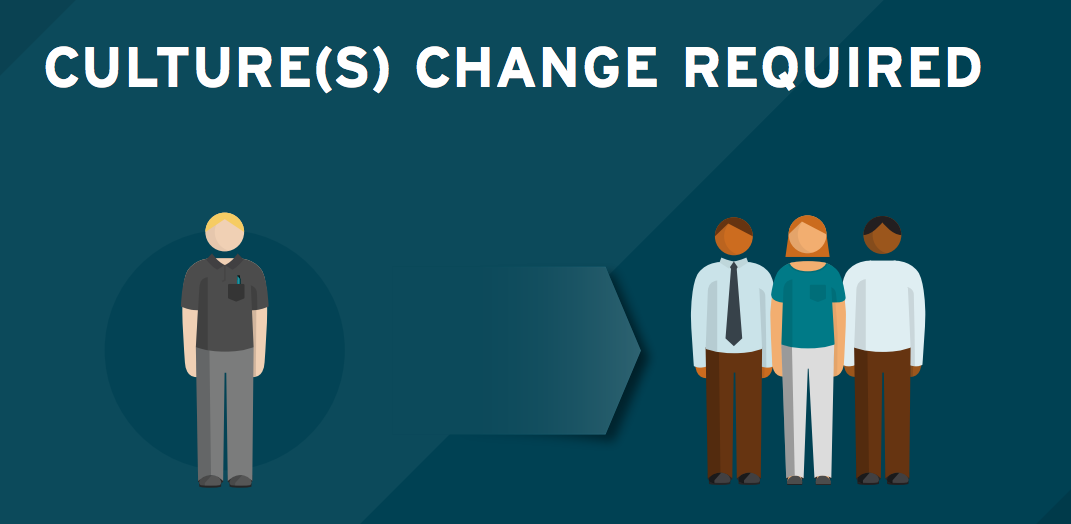
FCC CIO David Bray: Throughout human history, the things that we could do with tools changed what we could do as humans, and as a result, changed what we could do as cultures. Our species is “smart” because we know how to use tools collaboratively together. At the end of the day, when we talk about technology change – whether it’s the Internet of Everything, big data, or machine learning – it’s really about people and organizational cultures, first and foremost. Then, it’s about how those people get stuff done together – and that's really what it comes down to when you talk about transforming organizational cultures. I think more and more C-suite leaders need to recognize themselves as being active designers, facilitators, and participants in a cultural transformation, and make strategic choices about what levers they employ to help make that happen.
Red Hat CIO Lee Congdon: It’s really time for IT leaders to start thinking about how their role is fundamentally shifting. Just providing good technology isn’t enough anymore. It’s not just how you use technology that’s within your part of the organization, but how you use it in other parts of the organization, broadly, to further the success of the enterprise.







